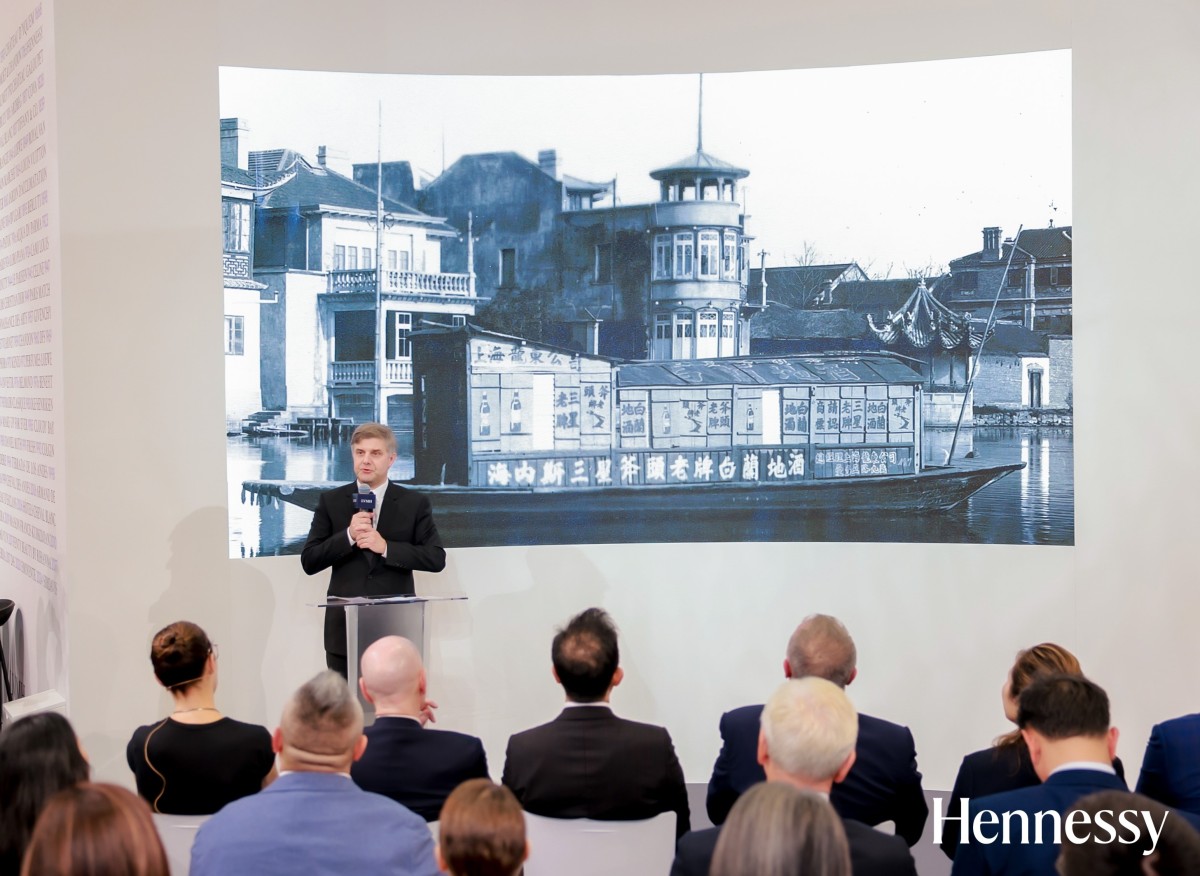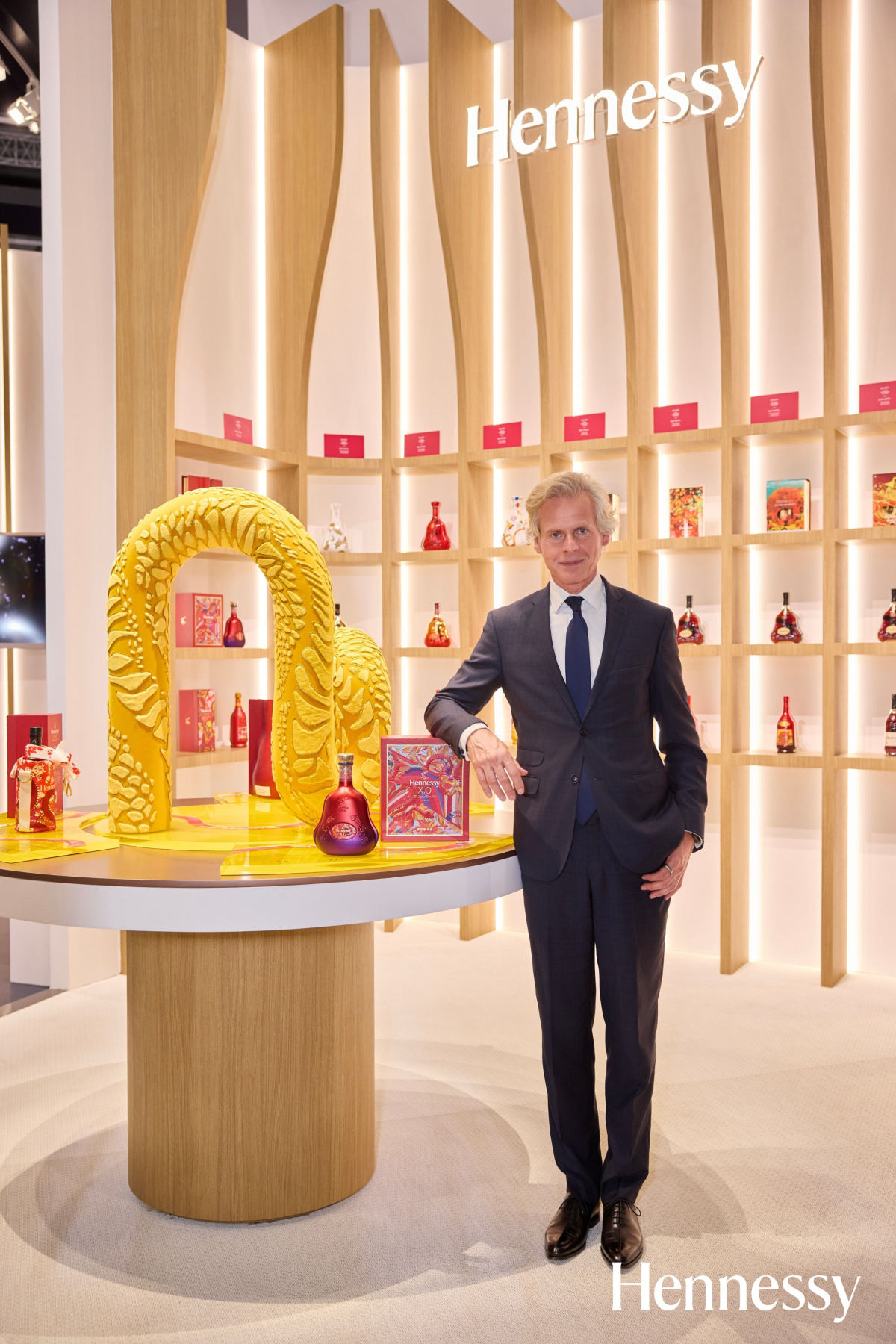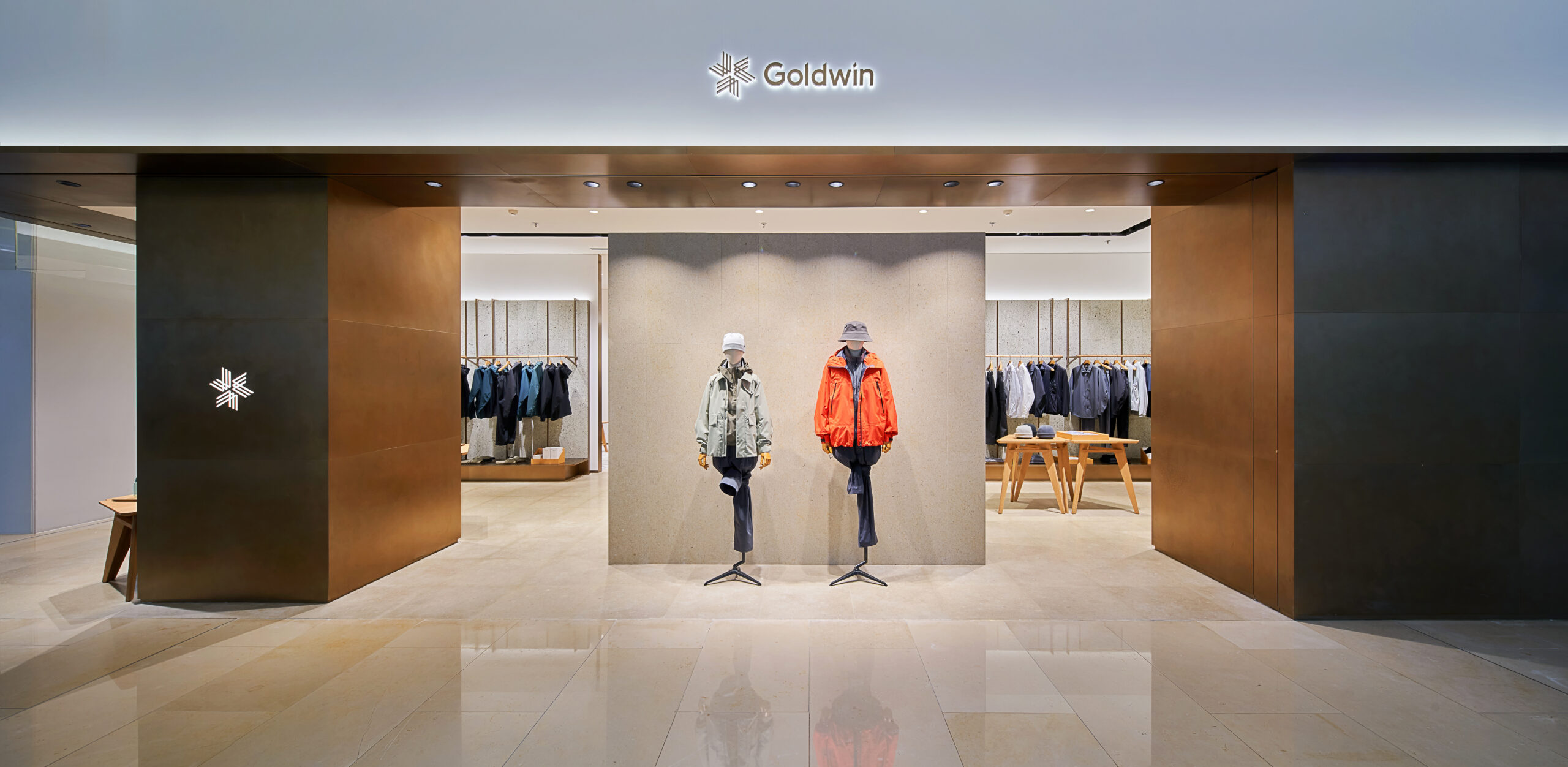“China will be our number one market,” said Mr. Laurent BOILLOT, President of Hennessy, in an interview with Luxeplace, “But for me, the most complex challenge is always how to synchronize with Chinese culture.”
In the world of cognac, the Hennessy brand, part of the LVMH Group, has a long and undisputed history of leadership.
To this day, Hennessy’s connection with the Chinese market spans over 160 years, making China one of the brand’s largest global markets. In 1859, the first batch of Hennessy products crossed the seas to Shanghai, marking the brand’s entry into the Chinese market and becoming an important bridge in Sino-French cultural exchange.
“Culture” is a word frequently mentioned by Boillot in the interview. Having joined the LVMH Group for over 20 years and served as a senior executive for several brands within the group, BOILLOT became the President of Hennessy in 2020. In his view, “culture” is not only the primary pillar of luxury goods but also where long-term opportunities for luxury brands lie.
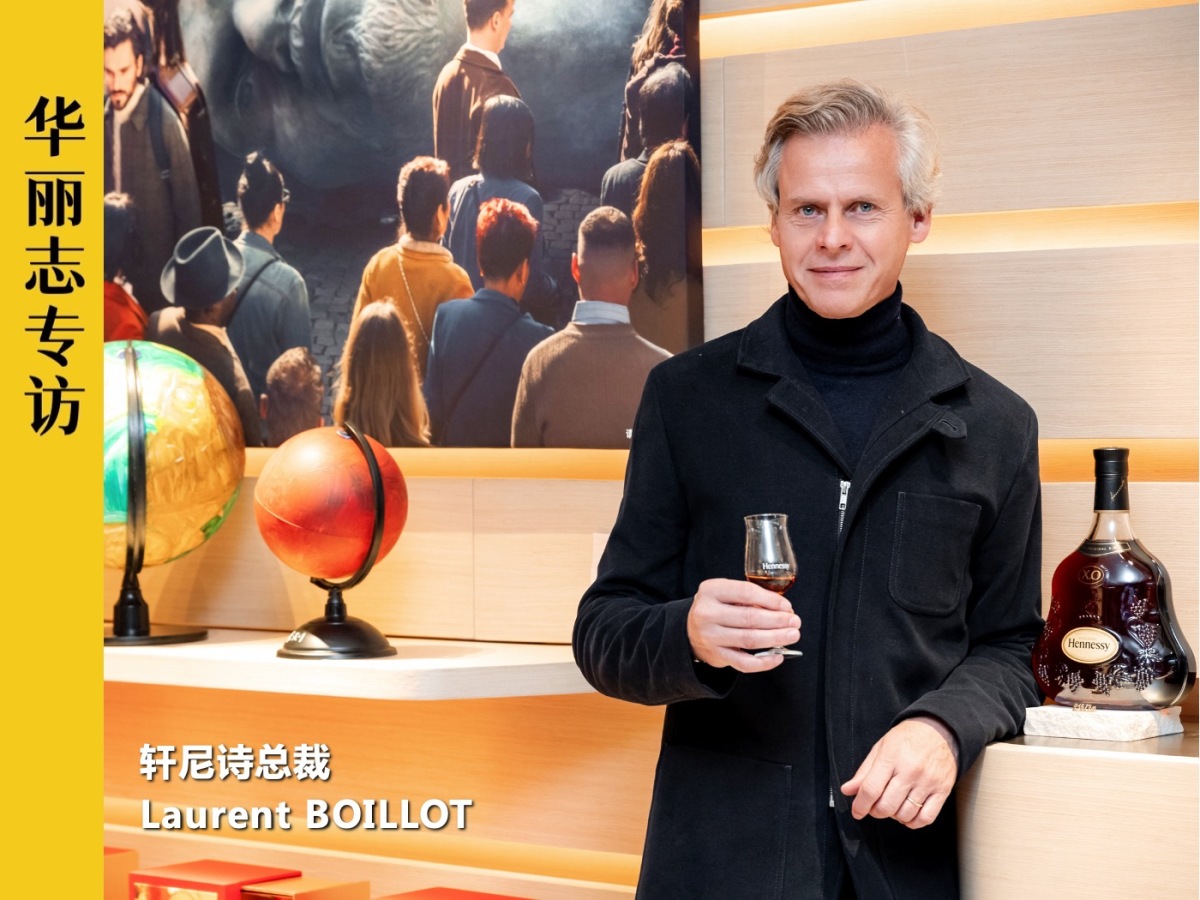
Recently, Hennessy’s flagship store in Shanghai Qiantan Taikoo Li officially opened. This is the brand’s first retail flagship store in Asia, representing a new step for Hennessy in exploring the Chinese retail consumer market. The opening of this flagship store in Shanghai, where Hennessy’s journey in China began, signifies a new phase in Hennessy’s relationship with China.
So, as Hennessy meets Chinese consumers through new channels, how will it connect with Chinese culture and communicate with Chinese consumers?

Hennessy Shanghai Qiantan Taikoo Li flagship store
“What’s After China? Still China.”
Boillot told us that in terms of revenue and profit, China and the United States are Hennessy’s two largest markets.
But he added, “Some people ask me, you are strong in the United States, robust in China, what’s next? What’s after China? My answer is, still China! I think this country will be our number one market.”
In Boillot’s view, the Chinese liquor market is becoming increasingly mature. According to data from the General Administration of Customs of China, in September, the import value of spirits was about 281 million US dollars, with an import volume of about 12.16 million liters, a year-on-year increase of 35.96% and 39.35% respectively. Among them, the import value of the brandy category, which includes cognac, ranked first among all categories, at 174 million US dollars, accounting for 61.9% of the total spirits import value, a year-on-year increase of 53.01%, with an import volume of 3.9 million liters, a year-on-year increase of 33.50%.
“In the Chinese market, cognac has an important position among spirits. Apart from baijiu, the scale of cognac in China surpasses other spirits. The cognac market in China is well-developed and very dynamic, hence, cognac and Hennessy cognac have great potential in China,” said Boillot.
“There are about 1.4 billion people in China, and under Chinese culture, there are many different regional cultures. In fact, we have not yet appeared in every different cultural region of China.”
Today, Hennessy is actively exploring a broader range of consumers in China, and the opening of the Shanghai Qiantan Taikoo Li flagship store is an important way for the brand to directly reach consumers offline.
Previously, the southern coastal regions such as Fujian and Guangdong were Hennessy’s most important markets in China, highly favored by local consumers.
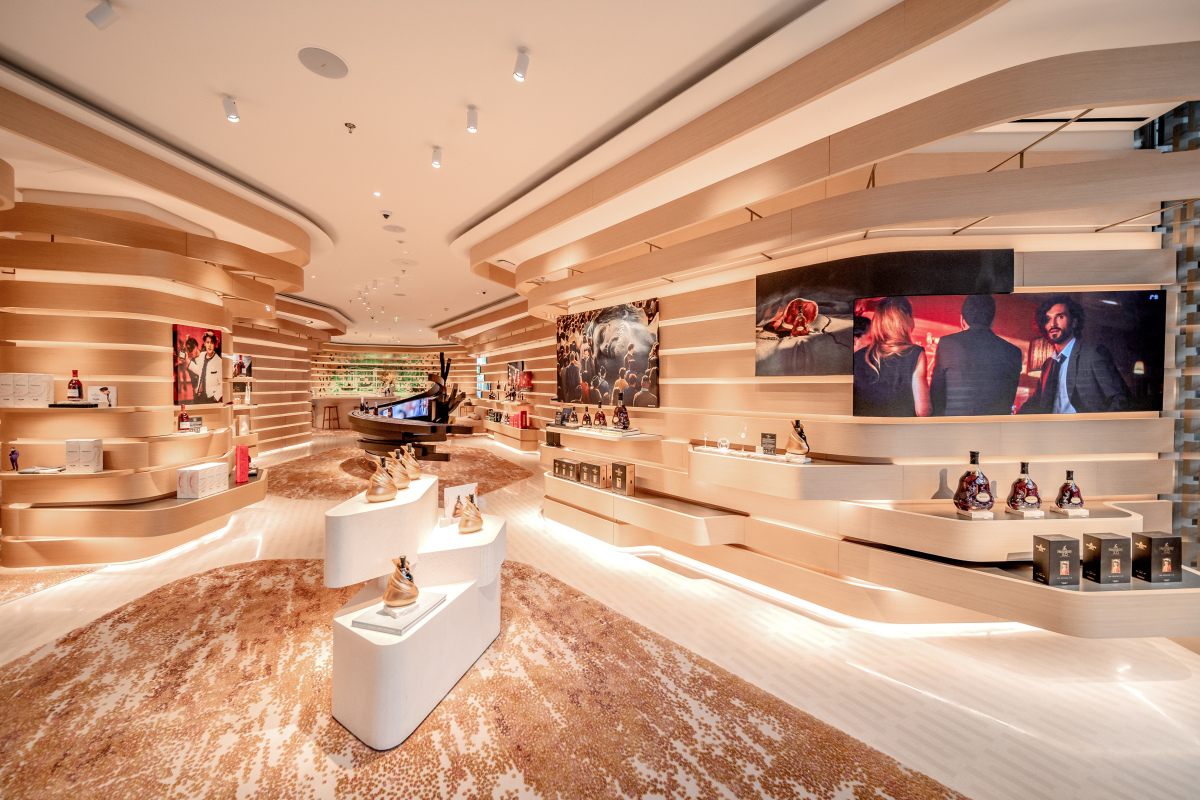
Hennessy Shanghai Qiantan Taikoo Li flagship store
How to Win Over Chinese Consumers With Cultural Resonance?
In 1859, the first batch of Hennessy cognac entered China. More than a hundred years ago, how did Hennessy appeal to Chinese consumers at that time?
“I believe that luxury goods are based on several important pillars, the first of which is culture,” Boillot pointed out in the interview the importance of culture to luxury goods, that is, culture as a bridge connecting different countries and peoples.
“When we look at artworks, even if we come from different educational backgrounds, we may be moved by the same things,” Boillot used this analogy to describe the commonality of culture.
In the mid-19th century when the first batch of Hennessy products entered China, both China and France had already developed mature wine cultures, and the common love for drinking and winemaking became the fulcrum for cognac to win over Chinese consumers.

Hennessy Shanghai Qiantan Taikoo Li flagship store, displaying barrels where the first batch of Hennessy products were shipped to China in blown glass barrels
In China, alcohol has been a part of the civilization since the dawn of the Huaxia culture, witnessing the strategies of emperors and generals, the lofty aspirations and poetic sentiments of scholars and poets, and also entering the homes of ordinary people with the popularization of brewing techniques, becoming part of the folk culture.
In France, the history of cognac can be traced back to the 17th century. Its name “cognac” was originally the name of a town in the Charente region of France, known for producing high-quality distilled spirits. Thus, the name “cognac” was also used for this type of liquor, while the Chinese name “干邑” (pronounced gan yi) is a transliteration from Cantonese, also a mark of cognac’s development in the southern regions.
Cognac is a type of brandy, with strict requirements: only several grape varieties harvested in designated areas of the Charente province and its surroundings are used, and it must be distilled in copper stills twice, then aged in oak barrels for at least two years to obtain the liquor known locally as “eau-de-vie.”
Hennessy, as a leader among French and Western famous spirits, its founding and development can be said to be an important part of the entire history of cognac.
In 1765, the Irishman Richard Hennessy founded Hennessy in the cognac region of France. In the 19th century, his great-grandson Maurice Hennessy created the Hennessy cognac grading system, establishing the cognac grading system, which has been used to this day.

Richard Hennessy
“Culture,” “Craftsmanship,” and “Imagination” are the other three important pillars of luxury goods in Boillot’s view, and it is the latter two that ensure the brand withstands the test of time.
He said, “The second pillar is craftsmanship, it’s an expert, an expertise that has been done years, decades, centuries to the perfection.”

Oak barrels of Hennessy aged spirits
“If you only have craftsmanship, then you are just repeating the same thing, and that cannot be called luxury. Imagination is the third pillar, a higher level, it’s creation, it’s me doing something different with my expertise.”
The story of the Fillioux family, eight generations of master blenders for Hennessy, reflects the importance of craftsmanship and creativity.
In 1806, Richard Hennessy appointed Jean Fillioux as Hennessy’s first master blender, who had joined Hennessy as a cooper and took charge of overseeing the storage of cognac after becoming the master blender.
Since then, eight generations of the Fillioux family have continued this position, beginning to be responsible for the aging and blending of cognac. Today, the eighth-generation descendant Renaud Fillioux de Gironde serves as the head of the Hennessy Tasting Committee, responsible for selecting the appropriate eaux-de-vie from hundreds of varieties for blending, creating richly layered cognac.

Renaud Fillioux de Gironde, the eighth-generation master blender of Hennessy
The generations of collaboration between the Fillioux and Hennessy families explain the phrase still written on the brand’s official website: “Cognac is not made, it is created.”
“I think China has exactly the same pillars: culture, craftsmanship, imagination, and a long history. It is these four pillars that give birth to luxury in a civilization.” Perhaps it is this commonality of culture that allows China and France to create enduring fine wines and provides a basis of mutual understanding for consumers in both places.
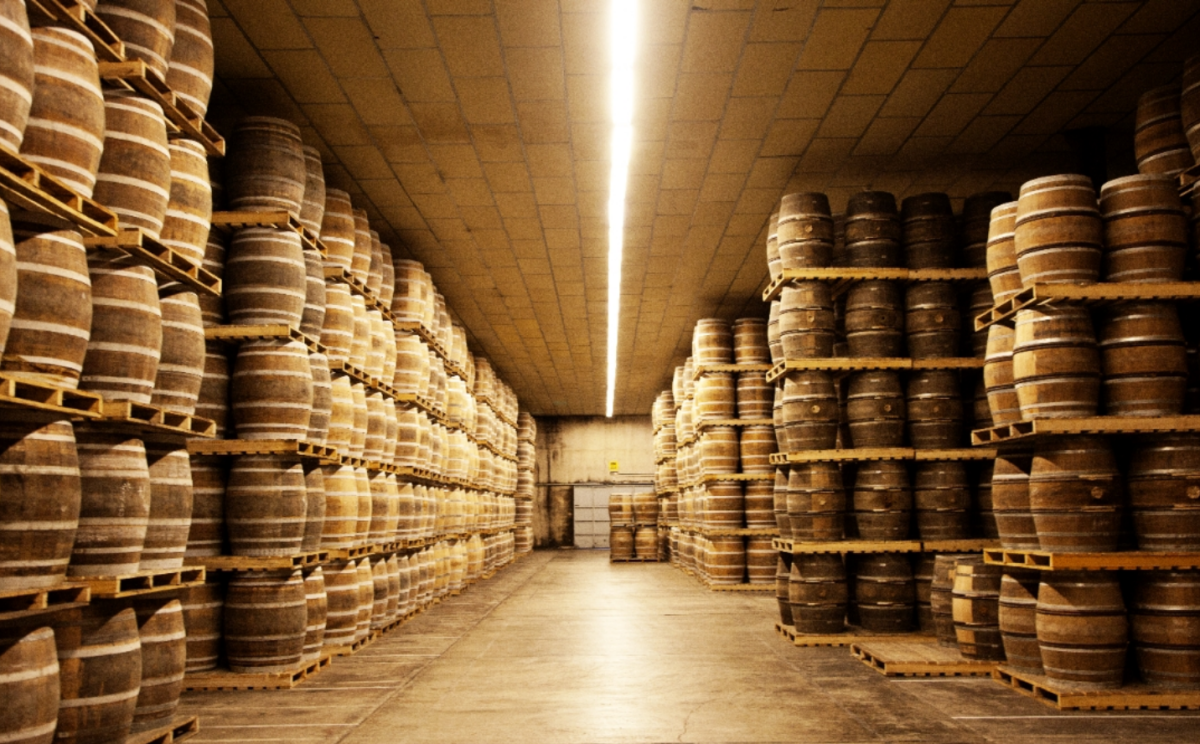
Hennessy cellars
Why open a direct retail store in China?
In early November, Hennessy opened its first retail flagship store in Asia at Shanghai’s Qiantan Taikoo Li, meeting Chinese consumers for the first time through a Direct to Consumer (DTC) business model.
“We want to become a part of people’s everyday lives, and this is always about creating dialogue, integrating into Chinese culture with humility,” said Boillot.
The Hennessy Qiantan Taikoo Li flagship store presents the brand’s history, connotations, and values to customers in a more complete and intuitive way.
The store’s design, inspired by the oak barrels used to age eaux-de-vie, features an exterior made of over 4000 light oak-covered metal bricks. The interior is crafted from aluminum and oak panels, with oak elements permeating and integrating into the overall atmosphere. This design pays homage to the brand’s proud winemaking craftsmanship, while also showcasing Hennessy’s luxury and modern style as a luxury brand.

Exterior of the Hennessy Shanghai Qiantan Taikoo Li flagship store
The store showcases the full range of Hennessy products, from the younger Hennessy V.S to the classic V.S.O.P and X.O, as well as the rare Paradis and Richard Hennessy, representing a collection of the brand’s developmental history.


Products inside the Hennessy Shanghai Qiantan Taikoo Li flagship store
The store also features a special “Hennessy Master Blender’s Table,” offering experiences like cognac tasting, custom bottle service, and workshop activities. “Retail is another way not only to achieve performance but also to connect with consumers. In the Qiantan Taikoo Li store, you can not only buy a bottle of fine wine but also understand the brand’s DNA and history,” Boillot said.
Unlike fashion or leather goods, spirits are often connected with consumers through wholesale channels like distributors or online retail. Opening a direct-operated store offline creates a new wine-tasting scene and space for consumers.
Boillot believes that the store brings two-way communication between the brand and consumers. He described a potential scene in the store: “Wine, especially cognac, is essentially about sharing. What we like here is to engage with people we like also perhaps if we were there, the five of us will be sitting around the bar, so we may discuss something, but you may decide to discuss also to something else.”
Meanwhile, Hennessy also hopes to better understand Chinese consumers through this store. Boillot likened this two-way communication to friendship: “To some extent, it’s like a friendship. There is engaging, understanding. And it’s a bit like friendship at some point. If we want to be friends, if we need to be closer, we need to exchange.”

Hennessy Master Blender’s Table

The bar inside the flagship store
How to Leverage Art to Enhance Brand Desirability in the Future?
Inside the Hennessy Shanghai flagship store, we saw many works of art, including temporary art displays by Chinese artists Zhang Enli and Ding Yi.

Artist Ding Yi’s work “十示2021-7” (shi-shi 2021-7) in the flagship store
In Hennessy’s brand history, art is an indispensable part. So, why does a spirits brand frequently collaborate with the art world?
Boillot used this metaphor to explain: “There are eight octaves on a piano, and you need to select the right notes and put them together to create a piece of music. Cognac, too, is like a symphony.”
The making of cognac has commonalities with composing music. In the production of Hennessy products, blending is a key aspect. Members of the Hennessy Tasting Committee select different eaux-de-vie from various years and origins every day, experimenting with blending to produce richly flavored, fragrant cognac.
Under the same creative philosophy, Hennessy resonates with artists.
These artists come from all over the world and have different cultural backgrounds. Hennessy’s collaborations with them are also exchanges with different cultures.
In October this year, Hennessy collaborated with Filipino artist Jayson Atienza, creating a public basketball court in Shanghai with his signature graffiti, incorporating Shanghai’s skyline, Hennessy bottles, and basketball elements.

Basketball court created in collaboration with Jayson Atienza and Hennessy
In May, Hennessy collaborated with British designer Kim Jones to create a wine barrel inspired by haute couture. The barrel closely follows the curves of the bottle, wrapping it inside, and the surface’s pleated design presents the soft, draping lines of high-end fashion.
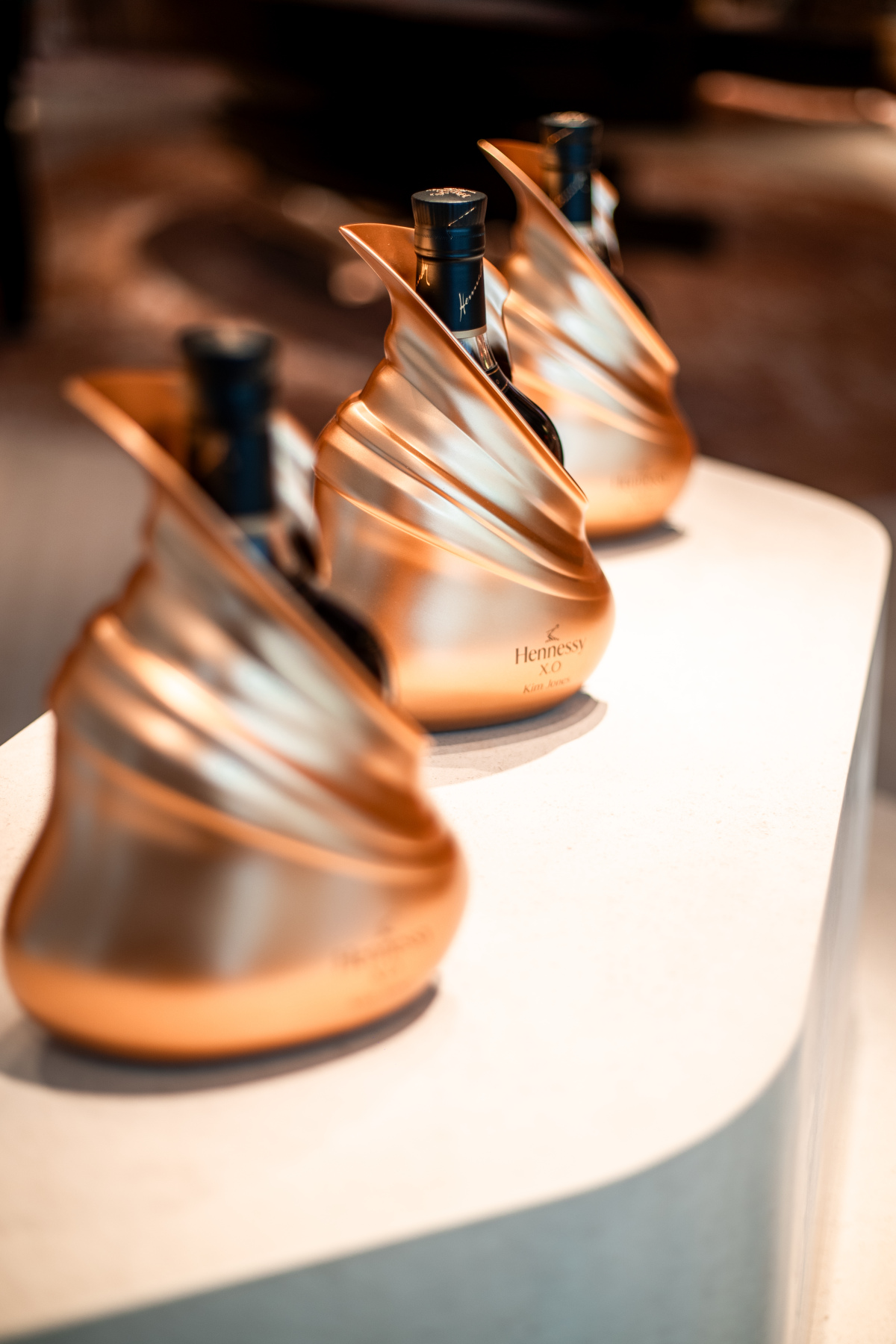
Wine barrel created in collaboration with Hennessy and Kim Jones
“Culture is really part of our values, so we need a dialogue,” Boillot said.
Culture, essentially, is a carrier of a group’s soul, representing their emotions and higher spiritual pursuits. Communication is an inherent attribute of culture, through which culture absorbs fresh blood and bears wonderful fruits. When a brand adopts culture as its value, various forms of communication and interaction naturally follow.
Dialogues with the target consumer group through culture are collisions with their spirits and thoughts.
Art, as an important form of cultural expression, can convey the essence of culture in an unconventional way. These will be integrated into the Hennessy brand in each collaboration, becoming valuable brand content.
“We want to preserve 265 years of patrimony at Tennessee. We want to bring new creation, and it’s about transmitting that patrimony to the next generation,” Boillot stated, emphasizing his priorities since taking office.
When a brand has reached near perfection in products and craftsmanship, how can it enhance desirability? Art, to some extent, will play an important role in this process. Artworks record the era of the moment, and over time, like fine wine, they will age and become increasingly rich.

Artist Zhang Enli’s work “Sofa” in the flagship store

Artist Zhang Enli’s work “The Camouflage Ball” in the flagship store
| Image Credit: Provided by the brand
|Reporter:Huang Yuting
|Editor: Zhu Ruoyu

